Halogen Bulbs: Burning Bright and White for All Your Needs
 Halogen bulbs have long been popular in the home, for outdoor flood lights, automobile headlights, airfields, and many other applications. They are used as alternatives to normal incandescent because they are longer lasting and burn brighter. In a normal incandescent bulb, the filament heats up and produces light as a byproduct of the heating process. As the filament heats up, however, it degrades as its atoms are released into the glass envelope. Halogen bulbs solve this problem. When halogen gas is placed inside the glass envelope, it replenishes the degraded filament. This occurs due to a special property of the halogen gasses. As the halogen gas heats up, it replenishes the filament by depositing the filament’s lost atoms on its surface, thus making the filament’s and the bulb’s life longer lasting through what is called a halogen cycle.
Halogen bulbs have long been popular in the home, for outdoor flood lights, automobile headlights, airfields, and many other applications. They are used as alternatives to normal incandescent because they are longer lasting and burn brighter. In a normal incandescent bulb, the filament heats up and produces light as a byproduct of the heating process. As the filament heats up, however, it degrades as its atoms are released into the glass envelope. Halogen bulbs solve this problem. When halogen gas is placed inside the glass envelope, it replenishes the degraded filament. This occurs due to a special property of the halogen gasses. As the halogen gas heats up, it replenishes the filament by depositing the filament’s lost atoms on its surface, thus making the filament’s and the bulb’s life longer lasting through what is called a halogen cycle.Halogen bulbs are available in a vast range of wattages, from about 5w to 20,000w. Halogens have a correspondingly wide range of lumen output. Halogens come in nearly every socket type available, making them useful in nearly all types of fixtures. The versatility of halogen bulbs is matched by their excellent light quality. Typically, halogen bulbs have a CRI score of 100, meaning their color quality is near identical to that of natural sunlight. Generalizing about halogens is difficult because there are so many different types, brands, wattages, etc. The most common types of halogens out there include the A-line, the halogen PAR, and the bi-pin multifaceted reflector (MR) halogen. A-line halogens look like regular incandescent bulbs and can screw into any socket that an incandescent bulb can. The exterior envelope of the A-line is not actually the bulb; the halogen bulb is actually inside it to ensure protection full the bulb and a cooler bulb exterior. The halogen PAR is a standard PAR can bulb with a tungsten filament, but has its atmosphere filled with a halogen gas. The MR halogen is a small bulb with a concentrated beam perfect for down lighting and track lighting.
Although halogens are more efficient than normal incandescent bulbs, they are not nearly as efficient as CFLs or LEDs. Halogens waste a lot of energy generating heat, and thus get extremely hot and can pose a burn and fire risk.Halogens should always be used with caution and not placed in an area in which a child may touch them or where they could pose a risk of fire. Despite these risks, halogens are safe and effective lights provided they are used carefully. Halogens should be considered if you need bright, white light. We have tons of halogens, check them out today!






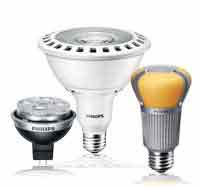
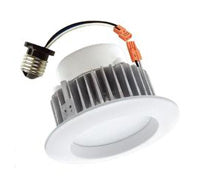

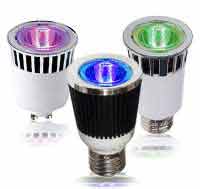


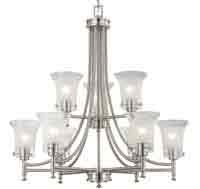
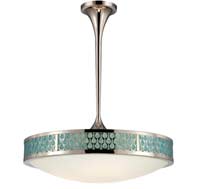




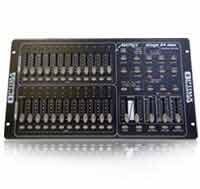






Comments